Many business owners have been there. A website project starts with excitement and promise, but somewhere along the way it drags out, costs spiral, or the final result just doesn’t match what you had in mind. By the time problems become obvious, you’ve already lost time, money, and momentum.
The good news is that most project blowouts show warning signs early. If you know what to look for, you can step in before things get messy.
Why this matters for your business
Your website is a core part of your growth engine. When projects stall or derail:
- Sales opportunities are missed because your site isn’t live or working properly.
- Team morale dips as energy and budget get drained.
- Customer trust suffers if your site looks broken or out of date.
Spotting red flags early saves more than frustration. It protects revenue, efficiency, and reputation.
Key Tip: Delays often cost more than mistakes. It’s tempting to think the worst outcome is a design flaw or a feature that doesn’t work. In reality, drawn-out delays are often more damaging. While mistakes can be fixed, months of lost sales or stalled campaigns can never be recovered.
Common red flags in website projects
1. Vague scope from the start
If your project begins without clear deliverables, deadlines, or responsibilities, expect confusion later. A strong brief is your first defence against scope creep.
2. No single point of contact
When you don’t know who to talk to, updates fall through the cracks. Communication bottlenecks are one of the biggest causes of stalled projects.
3. Endless revisions with no progress
Refining is normal. But if feedback cycles feel endless without moving forward, it often signals unclear goals or a lack of decisive leadership.
4. Overuse of jargon
If your provider can’t explain things in plain language, there may be a gap in understanding — or worse, they may be hiding uncertainty.
5. Shifting deadlines with no explanation
Unexpected hiccups happen, but repeated missed deadlines without a clear reason often point to deeper issues with planning or resourcing.
6. Reliance on one person
When a project depends heavily on a single freelancer or developer, you risk major disruption if they get busy, sick, or simply disappear.
Real-world example
A NZ retail brand invested in a new Shopify site. The provider promised a quick turnaround, but weeks passed with little communication. Designs trickled in but never reached sign-off. By the time the business escalated, they had lost an entire season of marketing campaigns. The root cause? No clear scope and no single point of accountability.
Practical guide: How to protect your project
Step 1: Demand clarity upfront
Get detailed deliverables, timelines, and responsibilities before work starts. A solid brief prevents misunderstandings.
Step 2: Establish a clear contact
Know exactly who is responsible for updates and decisions. This keeps communication streamlined and reduces delays.
Step 3: Set checkpoints, not just deadlines
Break the project into stages with defined outcomes. This gives you visibility and ensures progress is measurable.
Step 4: Ask for plain language explanations
If you don’t understand something, ask. A good partner should be able to explain in simple terms without hiding behind jargon.
Step 5: Spread the knowledge
Make sure more than one person on your side has access to accounts, files, and progress. Avoid putting all your eggs in one basket.
Common misconceptions
“It’s normal for projects to take twice as long as promised.”
Not true. While some flexibility is natural, consistently missed deadlines point to poor planning, not inevitability.
“If I push harder, they’ll work faster.”
Sometimes pressure helps, but more often it just strains the relationship. The better fix is structure and clarity.
“We’ll fix issues after launch.”
Problems ignored during the build rarely disappear. They usually compound and cost more later.
What to do now
- Review your current website project and identify any red flags above.
- Check whether you have a clear brief, timeline, and point of contact.
- Set or reset checkpoints so you can measure progress objectively.
- Share access and documentation with more than one person in your team.
- If serious issues are emerging, consider getting an external review before investing more time or money.
Your website project should be a driver of growth, not a drain on resources. By spotting and addressing red flags early, you can keep things on track and protect your investment. If you’d like a second set of eyes on your project, we’re always happy to help.



